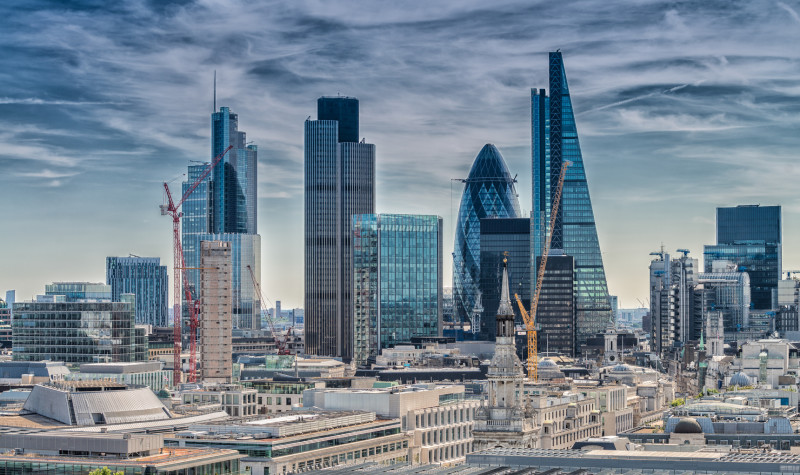London’s prowess is something to behold. It hosts 37% of the world’s currency dealing and 18% of cross-border lending. It is a hub for derivatives, asset management, insurance and investment banks. Relations with EUrope are particularly intimate. The City generates a quarter of its income from the continent, and EUrope gets a quarter of its financial services from London, often the most sophisticated ones. French or Italian firms go to London to meet investors or organise a takeover. When the EUropean Central Bank buys bonds as part of its monetary policy, the sellers are very often asset managers and banks domiciled in Britain. Some 90% of EUropean interest-rate swaps are cleared through the City’s plumbing.

The City’s history is long but serpentine. In 1873 Walter Bagehot, The Economist’s then-editor, wrote of its “natural pre-eminence”. In fact decades of decline lay ahead. A revival began in the 1960s when the offshore market for dollar lending boomed. Another lift came with the stockmarket deregulation of Big Bang in 1986 and again after 2000 when London became a centre for trading the Euro and emerging markets. Even the financial crisis of 2008 did not do much damage to the City’s standing abroad. Today the magic formula has many parts: openness to people and capital, the time zone, proximity to subsea data cables, and posh schools. But, above all, it relies on stable politics and regulation, close ties to America and seamless ones to Europe. Brexit and Mr Corbyn threaten this formula in three ways.
译文由可可原创,仅供学习交流使用,未经许可请勿转载。












